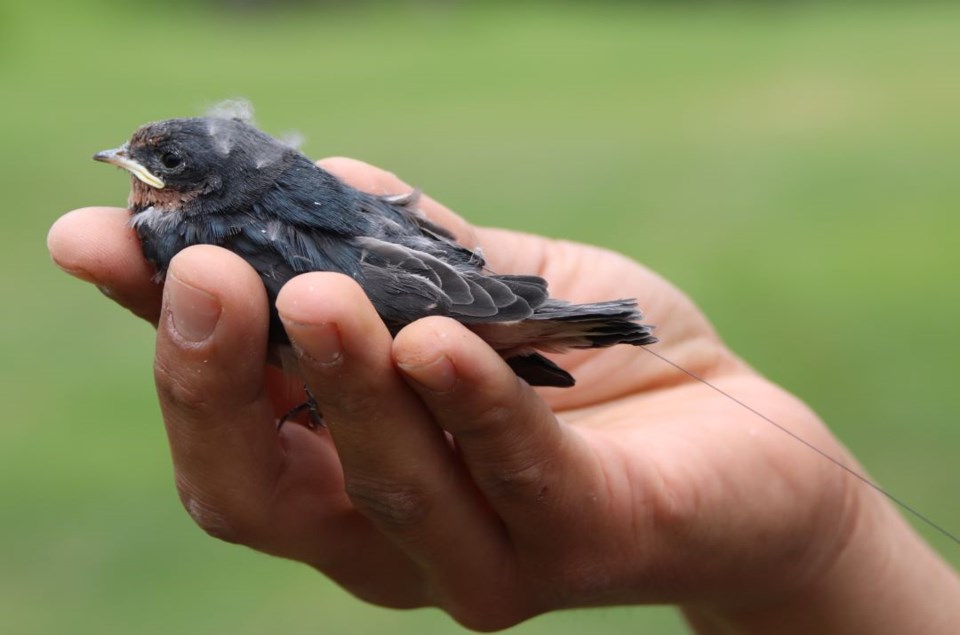SASKATOON – A Canadian-led project involving University of Saskatchewan (USask) researchers to track birds, bats and insects across North and South America has received funding from the Canadian Foundation for Innovation (CFI).
More than $3.1 million from the CFI Innovation Fund will help a network of animal tracking stations across the Americas take flight.
The Motus Wildlife Tracking System spearheaded by Birds Canada uses a series of tracking stations set up across countries in North and South America to record the movements of various birds, bats and insects. Tiny tags allow researchers to track individuals and groups of animals as they enter and exit the range of different receiver towers – giving a unique snapshot of travel and migratory patterns. USask is one of several Canadian universities involved with the Motus system.
Over the past decade, the Motus network has grown to include nearly 2,000 receiver towers managed by collaborators across 34 countries. The new CFI funding will help expand Motus, building new towers, upgrading capabilities and filling in gaps across Western Canada and other countries.
“This funding will be the single greatest expansion of the Motus initiative, filling critical research infrastructure needs across Canada and elsewhere in the hemisphere,” stated Stuart Mackenzie, director of strategic assets with Birds Canada. “This will give us the ability to track and monitor migratory animals throughout their lives ensuring we have more scientific evidence available to inform conservation decisions.”
Dr. Christy Morrissey (PhD), a professor in USask’s Department of Biology in the College of Arts and Science, is one of the two co-principal investigators on the project. Together with Dr. Chris Guglielmo (PhD) at Western University, they will lead the expansion of Motus further west and strengthen research collaborations across the country.
Morrissey said the funding for this second phase of the Motus system is one of the most “ambitious” projects she’s been involved with.
“There are thousands of stations now that exist, and it started with CFI support, that’s how it got off the ground, then people all bought into it,” she said. “For us to ensure the network has its maximum capability and functionality, we need to have a concerted effort to fill in holes and put towers in strategic places ... benefiting the whole collective for decades of future research.”
The Motus system operates in a decentralized format. Individual receiver towers around the world are operated by various schools, industry partners, non-profits, and independent researchers. Morrissey said it’s “remarkable” that this level of scientific initiative has been carried out by dedicated individuals who in many cases are not being paid to maintain the towers.
Morrissey’s expertise is in the field of ecotoxicology and will use Motus to track songbirds and waterfowl that are exposed to pollutants. Using the network gives researchers like Morrissey unique insights, such as the ability to determine how pesticide use and other threats affect migratory timing and flight patterns for grassland and farmland birds.
Information from Motus can help researchers potentially mitigate those threats to various wildlife species and learn what can be done by humans to conserve biodiversity.
“Motus opens doors to understand more about these smaller-bodied species,” Morrissey said. “Many small songbirds are experiencing really severe population declines, but they’re also really hard to track because other technology is too large or heavy. Now we have these miniature nanotags and Motus towers across the continent.”
Morrissey and USask’s Dr. Mitch Weegman (PhD) in the Department of Biology are both involved with the Motus project.
— Submitted by USask Media Relations


.png;w=120;h=80;mode=crop)

